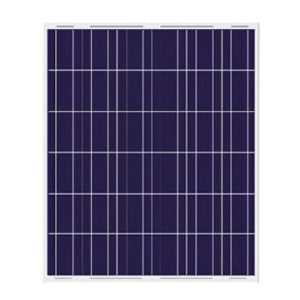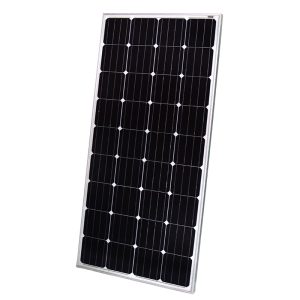Solar energy is becoming an increasingly popular option for homeowners who want to reduce their reliance on fossil fuels and save money on their electricity bills. One of the most critical factors to consider when installing a solar energy system is the cost. In this article, we will delve into the cost of a 6 kW solar system and what factors can impact the total cost.
What is a 6 kW Solar System?
Before we dive into the cost of a 6 kW solar system, it’s important to understand what it means. A 6 kW solar system is a system that generates up to 6,000 watts of electricity. The size of the system determines the amount of energy it generates, and a 6 kW system can cover the energy needs of many households.
Cost Factors for a 6 kW Solar System
Several factors can impact the cost of a 6 kW solar system. Here are some of the most significant cost factors:
1. Location
The location of your home plays a significant role in the cost of a solar energy system. If you live in an area with abundant sunshine, you may be able to install a smaller system than if you lived in a cloudy region. Additionally, the cost of installation and labor can vary depending on where you live.
2. Equipment
The cost of solar panels and other equipment can significantly impact the total cost of your solar energy system. High-quality equipment may come at a more significant cost but typically provides higher energy output and reliability.
3. Installation
The installation cost of your solar energy system typically includes the time and labor it takes to install the system, as well as any additional equipment needed for the installation.
4. Incentives and Rebates
Several incentives and rebates are available to homeowners who install solar energy systems. These can include federal tax credits, state incentives, and local utility rebates. Be sure to research the available options for your area to take advantage of any potential savings.
Total Cost of a 6 kW Solar System
The total cost of a 6 kW solar system can vary widely depending on the factors listed above. Here is a breakdown of the average cost of a 6 kW solar system:
- Equipment: $8,000 – $12,000
- Solar Panels: $4,200 – $6,000
- Inverter: $1,200 – $2,000
- Mounting Hardware: $1,000 – $2,000
- Installation: $2,000 – $5,000
- Total Cost: $10,000 – $17,000
Keep in mind that these estimates are based on averages, and the final cost for your system may vary depending on your specific circumstances.
Conclusion
A 6 kW solar system can provide significant energy savings and help reduce your reliance on fossil fuels. The cost of a solar energy system is impacted by several factors, including location, equipment, installation, and incentives. By understanding these factors, you can make an informed decision about the total cost of your 6 kW solar system and plan for a sustainable and cost-effective energy future.
Here are three popular FAQs and answers related to the cost of a 6 kW solar system:
Q: How much does a 6 kW solar system cost?
A: The cost of a 6 kW solar system can vary depending on a few factors, including the region where you live, the type of panels you choose, and whether or not you take advantage of any available incentives or rebates. On average, a 6 kW solar system can cost between $12,000 and $18,000.
Q: What kind of incentives or rebates are available for purchasing a 6 kW solar system?
A: Depending on where you live, you may be eligible for state or federal incentives or rebates. For example, the federal government currently offers a tax credit that covers up to 26% of the cost of installing a solar system. Additionally, some states offer their own incentives or rebates to encourage the adoption of solar power.
Q: How long does it take to recoup the cost of a 6 kW solar system?
A: The amount of time it takes to recoup the cost of a 6 kW solar system can vary depending on factors such as your local energy prices, your energy usage, and the incentives and rebates available to you. However, on average, most homeowners recover their investment in about six to nine years. After that, they can enjoy significant savings on their electricity bills for the remainder of the system’s lifespan, usually around 25 years or more.



